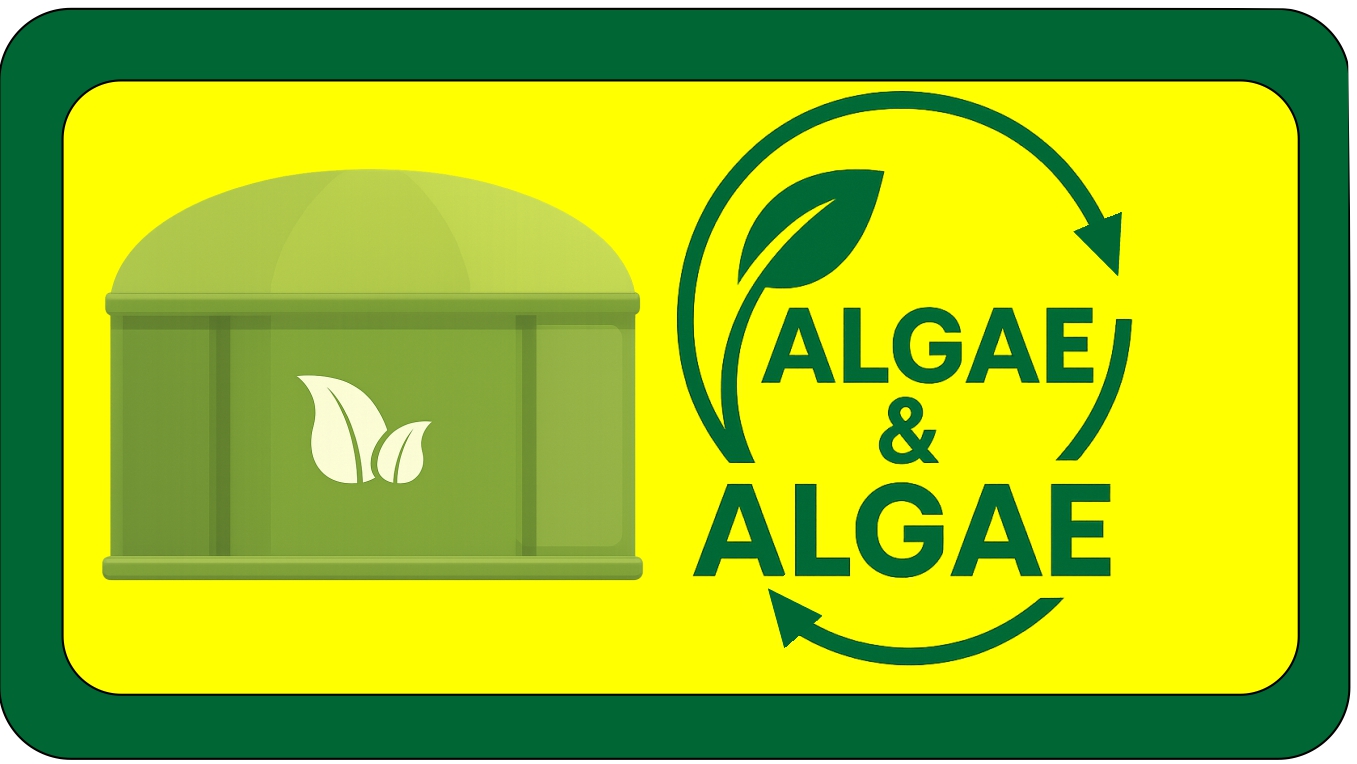
Algae & Algae Biomethane Project
Turning agricultural waste into clean renewable energy.
Algae & Algae Sarl is an Italian company developing the production of biomethane gas, liquefied CO₂, and organic fertilizer from renewable agricultural substrates. The first industrial facility will be built in Mesagne (Brindisi – Puglia) and will integrate anaerobic digestion, CO₂ liquefaction, and digestate valorization into a single circular-economy platform.
Vision
We aim to prove that renewable gas and carbon recycling can work hand-in-hand with agriculture to deliver energy independence and rural growth. By uniting Italian engineering, European climate goals, and sustainable technology, Algae & Algae contributes to a greener, more resilient Mediterranean region.
Key Facts
- Core Products: Biomethane | Liquefied CO₂ | Organic Fertilizer
- First Site: Mesagne (Brindisi, Italy)
- Feedstock: Agricultural and agri-food residues
- Impact: Carbon-negative energy generation and soil restoration
- Business Model: Long-term offtake contracts for gas and by-products
Why It Matters
- Cuts reliance on fossil fuels while supporting local farmers.
- Transforms organic residues into renewable energy and fertilizers.
- Captures and reuses CO₂ in line with EU Fit for 55 and Green Deal targets.
- Generates sustainable employment in southern Italy.